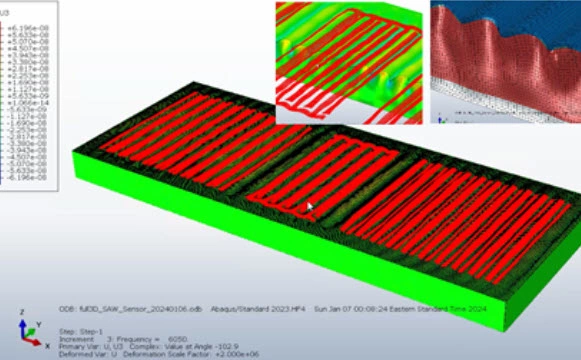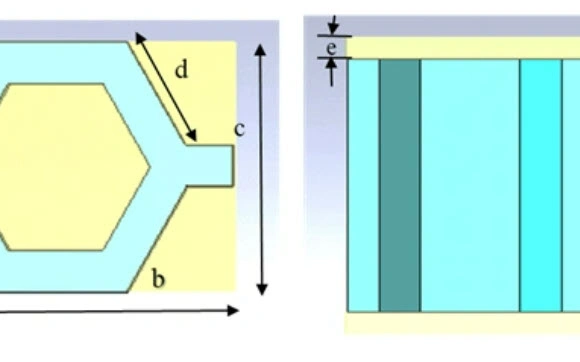🍂Happy Fall!🍂
In October, we published six blog posts highlighting how simulation and multiphysics tools drive real-world innovation—from EV battery cell engineering and ADAS development to MEMS SAW sensors, aerospace radomes and subsea pipeline design. The month also marked a leadership update, with new CEO Michelle Ash emphasizing AI, compute power and collaboration to accelerate SIMULIA’s future.
Here's what was published in October:
 | Battery Cell Engineering in Modern Vehicle DesignElectrification is fundamentally reshaping vehicle engineering, making simulation at the battery cell level now a key factor in innovation. The shift from internal combustion engines (ICEs) to electric vehicles (EVs) has introduced new design challenges and heightened safety requirements. Modern engineering increasingly relies on Multiphysics simulation—from electrochemistry to structural analysis—to drive optimal cell, module, pack, and full-vehicle designs. Let us explore how different methodologies in battery cell engineering can improve the design of batteries for efficient electric vehicles (EVs). 📖 Read the full blog |
 | Advancing MEMS SAW Gas Pressure Sensor Design with SIMULIA Abaqus and CST Studio SuiteMicroElectroMechanical Systems (MEMS) have revolutionized the semiconductor market since their development in the early 1990s, now accounting for approximately 20% of the global market. Among these, Surface Acoustic Wave (SAW) devices stand out for their exceptional sensitivity and versatility in sensing applications. Our latest simulation study, utilizing SIMULIA Abaqus and SIMULIA CST Studio Suite, examines the performance analysis of a MEMS SAW gas pressure sensor, demonstrating a robust multiphysics simulation workflow. 📖 Read the full blog |
 | A New Chapter for SIMULIA: A Message from Our New CEO, Michelle AshJoin our new CEO as she shares her vision for the future of simulation, the role of AI and compute power, and her commitment to collaboration and innovation. 📖 Read the full blog |
 | Smarter, Safer Driving: How Simulation Powers ADAS InnovationLearn more about Advanced Driver Assistance Systems (ADAS) and how simulation can help overcome development challenges and support accurate, safe and reliable systems. 📖 Read the full blog |
 | National Aerospace Laboratories Use Simulation to Design Advanced RadomesHow do you design a radome that’s strong, lightweight, and lets signals pass through with minimal loss? National Aerospace Laboratories (NAL) turned to SIMULIA CST Studio Suite to optimize honeycomb radome structures virtually. With simulation, NAL achieved over 90% signal transmission in the 33–36 GHz band, delivering high performance without costly prototyping. 📖 Read the full blog |
 | HCL Technologies, Inc. Masters Subsea Pipeline Design with SIMULIAHCL Technologies uses SIMULIA Abaqus to simulate subsea pipeline performance before a single pipe enters the water. Facing complex seabed conditions and critical safety requirements, the team leverages finite element analysis (FEA) to model pipe-laying, soil-pipe interaction, and real-world operational loads. 📖 Read the full blog |


